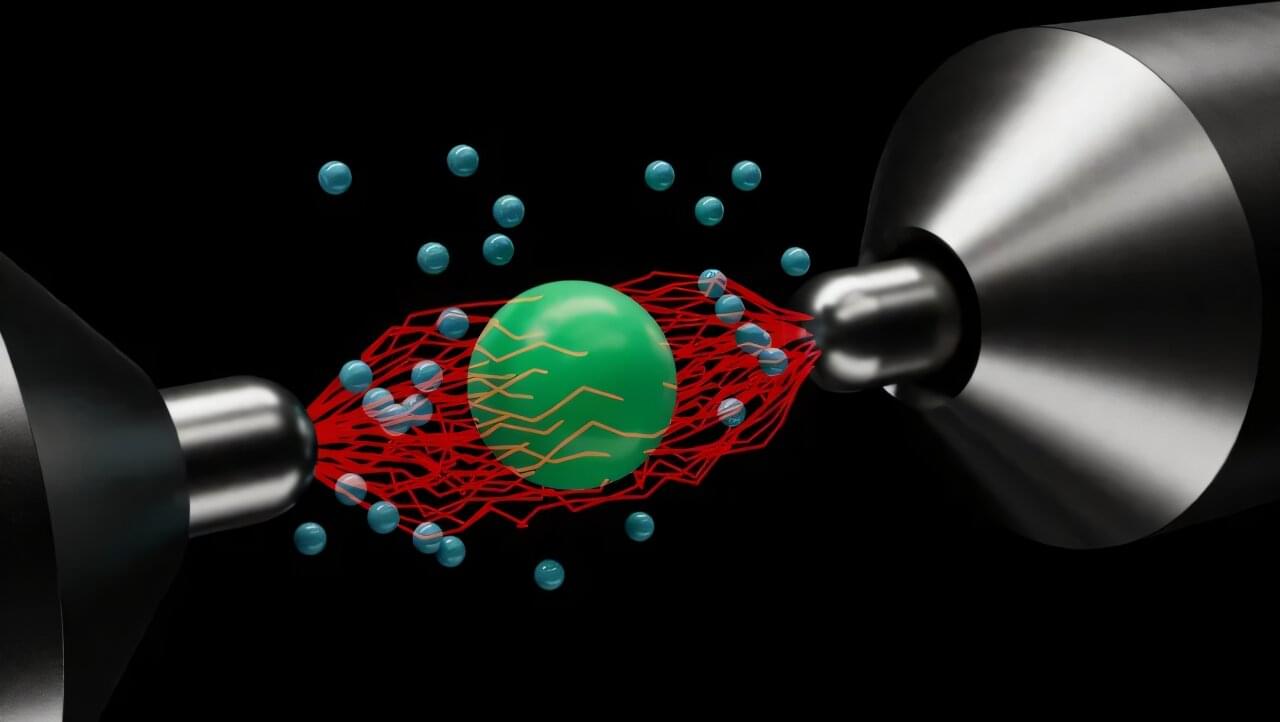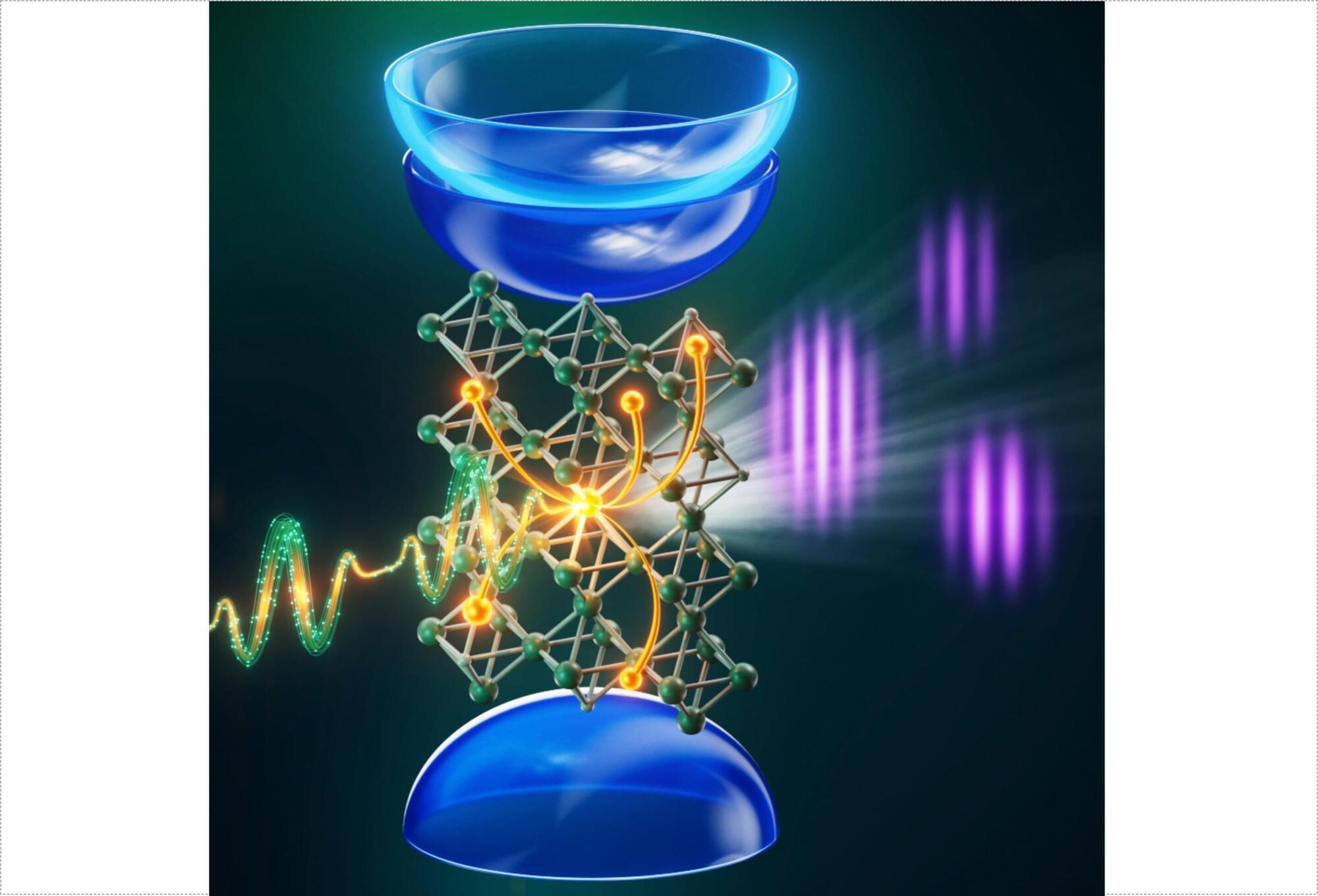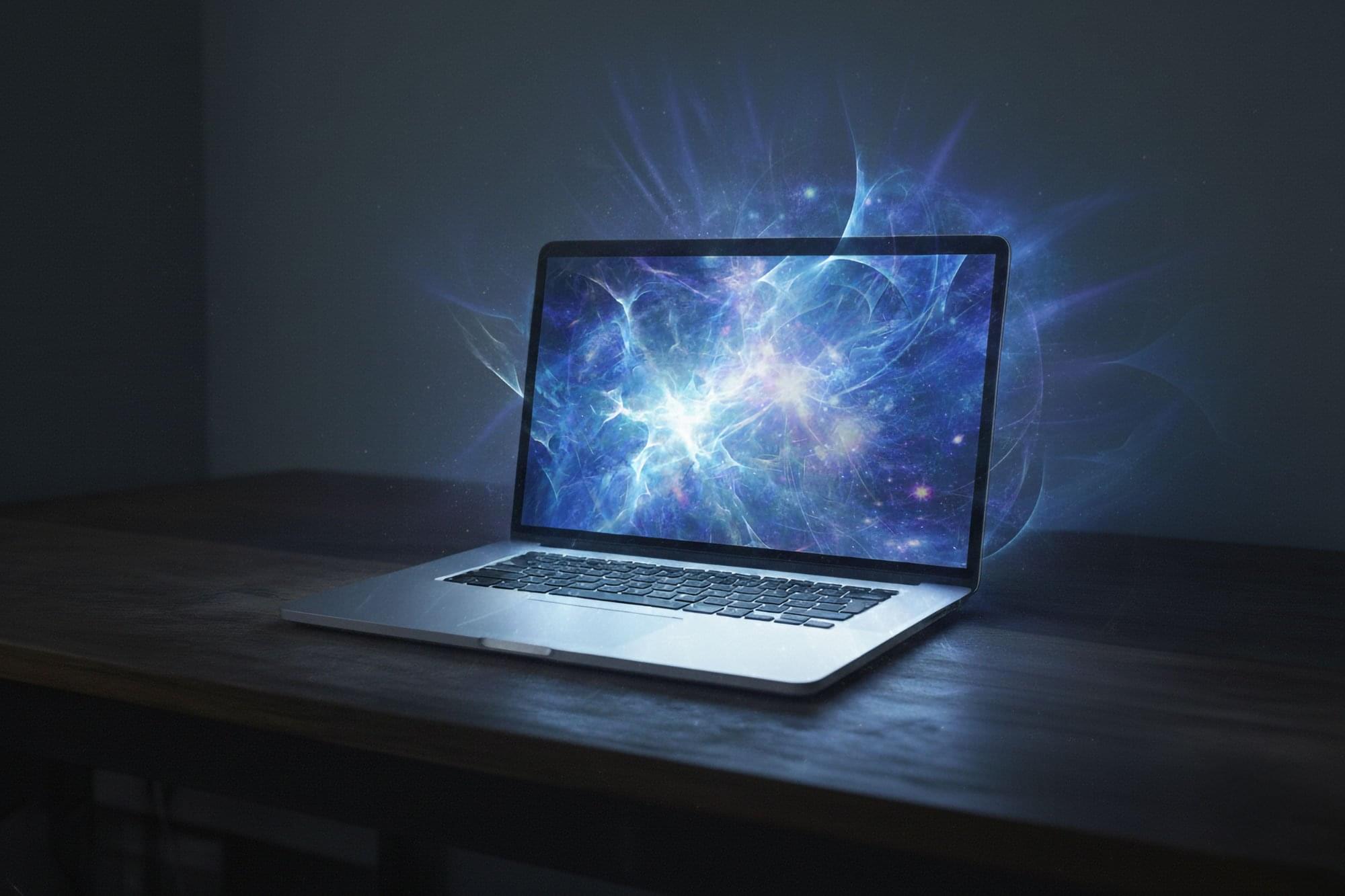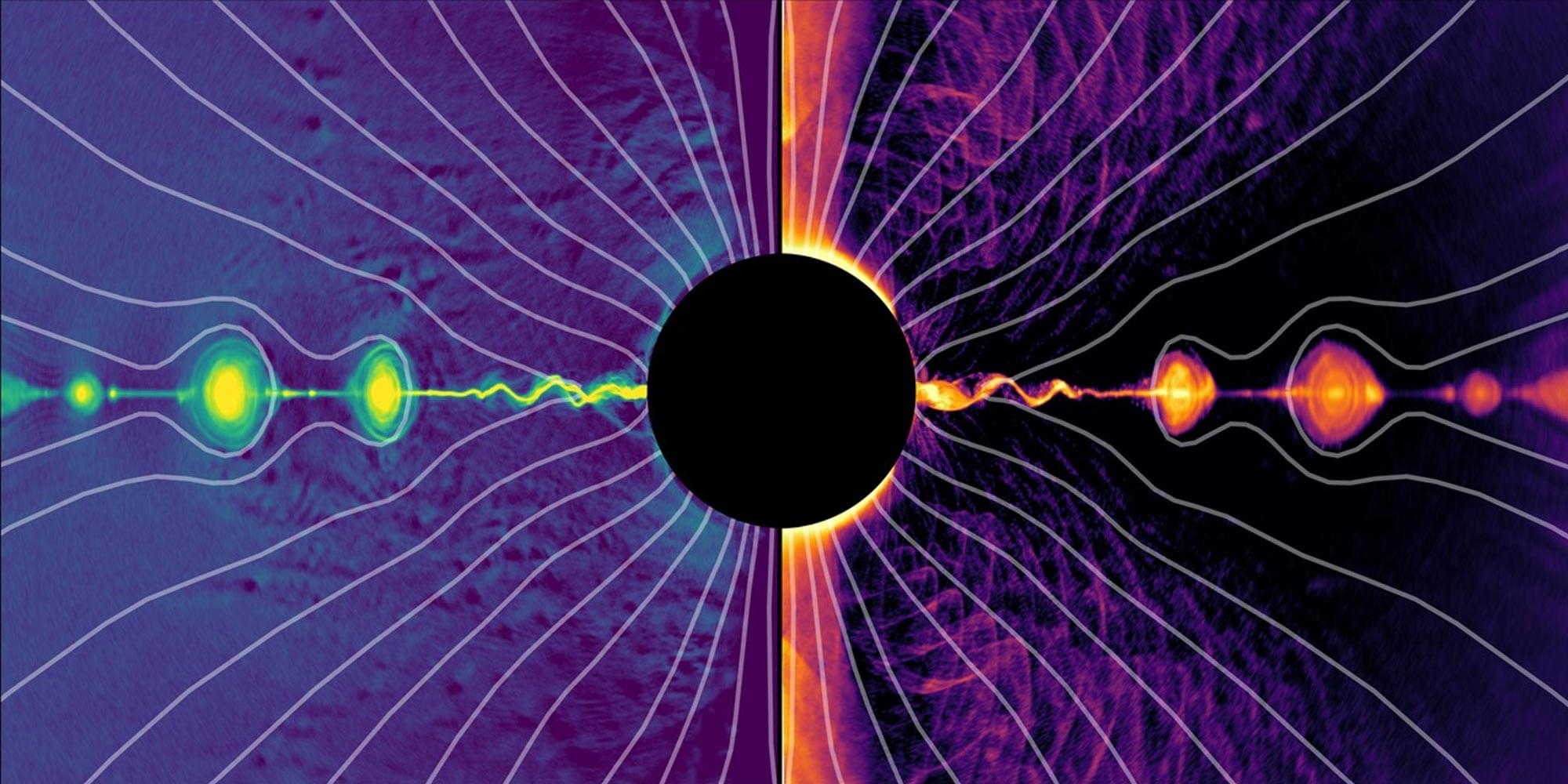Scientists have created the world’s hottest engine running at temperatures hotter than those reached in the sun’s core. The team from King’s College London and collaborators believe their platform could provide an unparalleled understanding of the laws of thermodynamics on a small scale, and provide the foundation for a new, efficient way to compute how proteins fold—the subject of last year’s Nobel Prize in Chemistry.
Outlined in Physical Review Letters, the engine is a very small, microscopic particle suspended at a low pressure using electrical fields. This electric trap is called a Paul Trap. The researchers can exponentially increase the heat of the trapped particle by applying a noisy voltage to one of the electrodes levitating it.
While traditionally engines have been associated with motors, in science their definition is much simpler—engines convert one form of energy to mechanical energy. Here, that is heat to movement.







